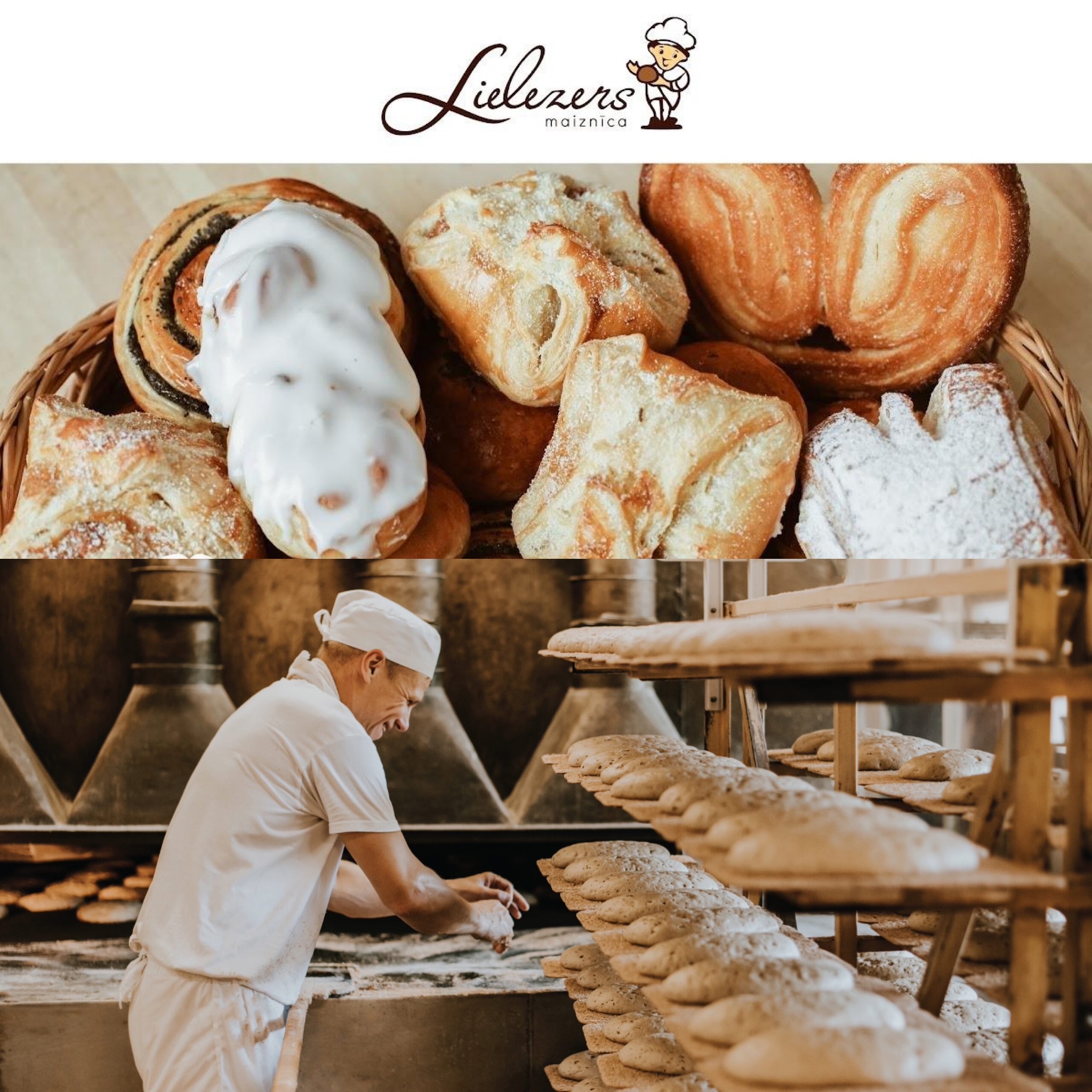A Victorian farmer who had to kill more 500,000 chickens to control an outbreak of bird flu has detailed the financial and emotional cost of the “devastating” ordeal.
Phillip Szepe and his wife, Jane Szepe, own Kinross Farms near Euroa in the state’s north, where bird flu was detected on four separate free-range egg farms.
The outbreak began in Febuary and was contained earlier this month.
Phillip Szepe says the outbreak (Supplied: Kinross Farms)
Mr Szepe said the loss of his chickens and the massive clean-up operation took an emotional and financial toll on his family and business.
“It’s been very emotional — our team were devastated and to see that loss of birds euthanased on such a scale is completely gut-wrenching and very traumatic,” he said.
“We took all possible precautions in terms of managing the welfare and biosecurity of our birds at all times … but it’s been pretty tumultuous.
“We lost approximately 27 per cent of our hen population.”
Cleaning and restocking
Mr Szepe said the quarantine process was “like a scene out of CSI”.
“People were in full biohazard suits, washing down areas, which was pretty intimidating, but that’s what’s necessary to managing the response and ensure we contained the virus to that area,” he said.
When the business returns to full production by mid-September it will supply 1.2 million eggs per day to supermarkets.
“Retail shelves are now a lot fuller than what they have been, reflecting the recovery process with some of the farms affected by the prior outbreak just coming back to full production,” Mr Szepe said.
Poultry products are safe to consume during times of avian influenza outbreaks. (ABC News: Sophie Johnson)
Kinross Farms was in the process of being purchased by New South Wales-based egg producer Pace Farm at the time of the outbreak.
The sale is expected to be finalised within weeks.
“Pace Farms supported us getting back into production as soon as possible with replacement birds they had available and they’d had similar experiences in the past, so they knew what was involved and there’s no one to blame for what eventuated,” Mr Szepe said.
“We had a commitment on day one that despite the loss we would retain all of our staff and we were able to do that without birds for four months.”
Four Kinross Farms properties were quarantined during the outbreak. (ABC Shepparton: Callum Marshall)
Protecting poultry
Multiple variants of avian influenza are present in Australia’s wild bird population and can spread into commercial poultry farms directly from chickens being exposed to wildlife or from poor biosecurity practices such as dirty footwear.
Australia is the only continent that has not been hit with the H5N1 subtype of the disease, which is spreading among multiple animals internationally.
Mr Szepe is acutely aware of the threat the strain poses.
“All you need is wild ducks or waterfowl to frequent the ranging area and you’ve got the potential for transmission … we believe that’s what happened, despite our best endeavours and leading edge technology,” he said.
“We also have artificial intelligence lasers that detect ducks and then frighten them away with a high-resolution light.
“Any person who enters our farms has to go through a shower facility, leave street clothes outside and put on our uniforms and, if you have personal items such as a phone or glasses, they have to be UV sanitised.”











